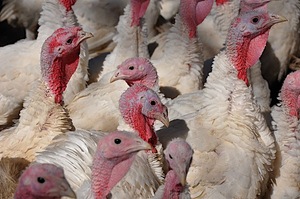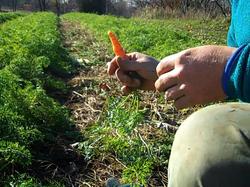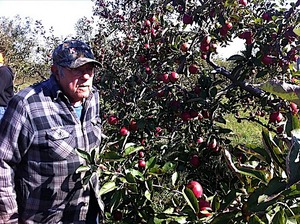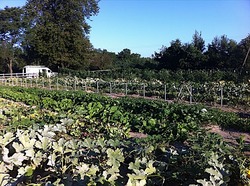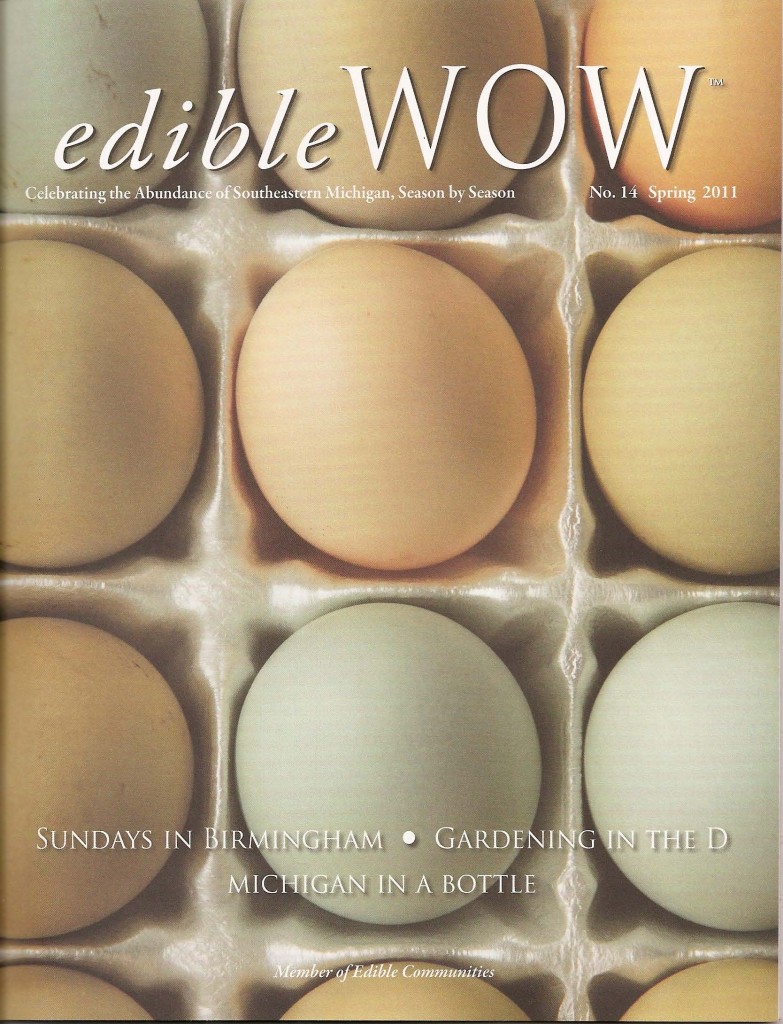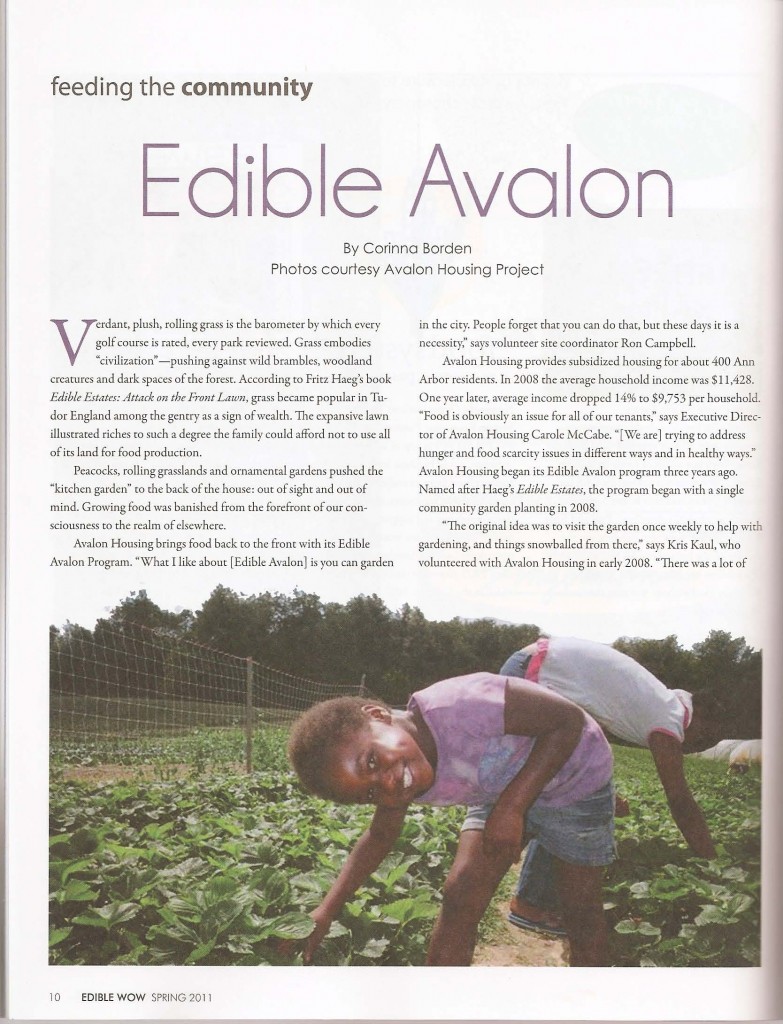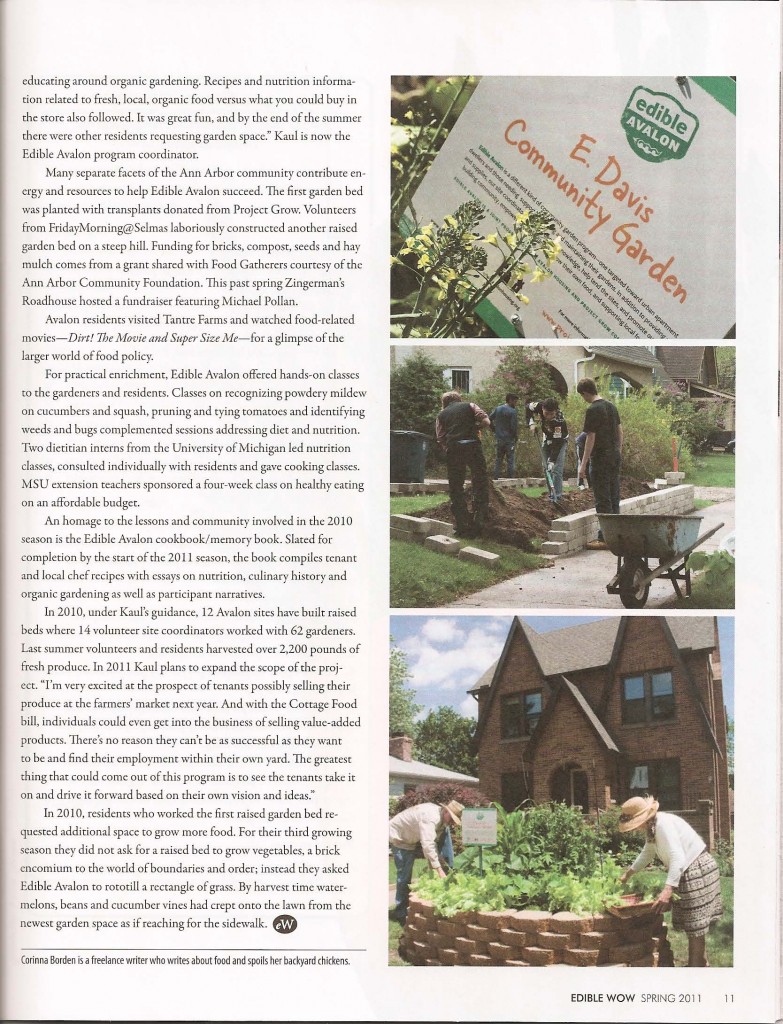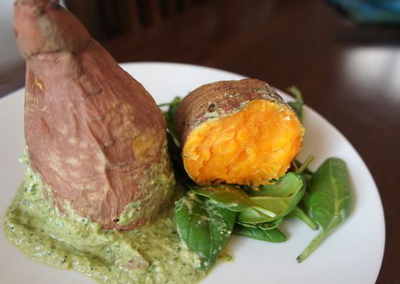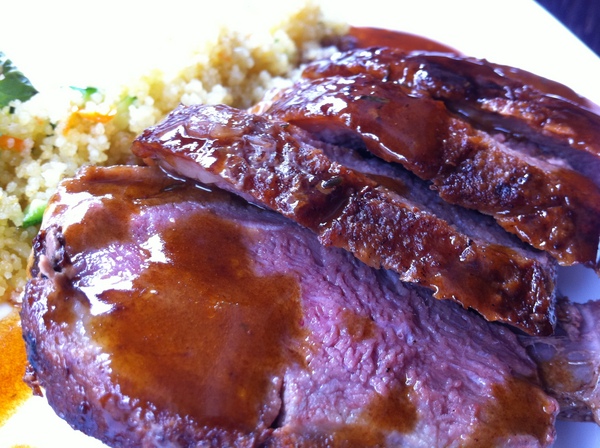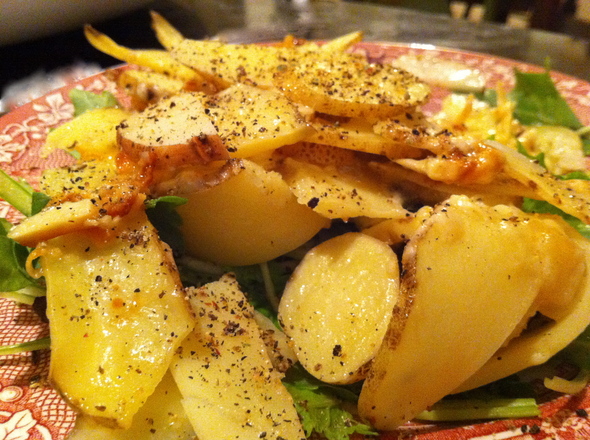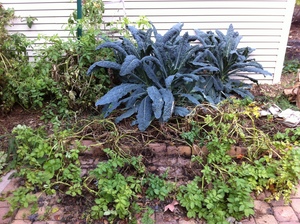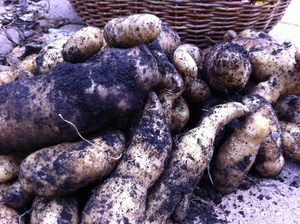I am happy to report our capital city, the thriving metropolis of Washington DC, shuts down roads and stops traffic for local food - and it all began with FRESHFARM markets.

The 501c3 organization runs 11 farmers markets in DC, Maryland, and Virginia. One of the two FRESHFARM Directors, Ann Yonkers, recently shared with me the history and the workings of this dynamic organization.
A native Washingtonian, Yonkers purchased Pot Pie Farm with her husband in 1991 in St. Michaels, MD and quickly became confronted by the local food scene. As Yonkers described it, "the Eastern Shore is such a weird setting. It used to be like New Jersey - almost all of the food for restaurants from Philadelphia, Baltimore and Washington came from there. With the advent of chicken farms, it just produces wheat, corn, and soybeans - which are all used to feed chickens. I would go to the farm stands and restaurants and all of the produce was from California. I said this is really crazy. So I started a little business, picking up produce and dropping it off."
Yonkers was thus fertile and energetic ground for when FRESHFARM Board Member Nora Pouillon, of Nora's, struck by the dynamic NYC Greenmarkets, suggested to her friend to start similar markets in DC.
Yonkers and her Co-Director, Bernadine (Bernie) Prince, opened the first two markets (Dupont Circle and St. Michaels) under the American Farmland Trust umbrella in 1997. (Farmers markets are often run under the aegis of a larger organization until they decide to take the time and money to become their own 501c3. It is much easier to be a line item in a church balance sheet, for example, during the first few bumpy years of attracting customers and growers.)

In 2002-3, FRESHFARM filed for 501c3 status and opened their third market - Penn Quarter. "It was a struggle" Yonkers recalled, "and part of the big struggle was getting that first market open with the permits to shut down the street." The Penn Quarter FRESHFARM market location is awesome - tents and shoppers are cradled on a closed off block of 8th St NW between the Navy Memorial and the National Portrait Gallery, looking straight down the hill to the National Archives (erected in 1931 on the former site of Washington DC's Center Market).
FRESHFARM is committed to tracking the numbers to illustrate that the local food movement is not a passing trend. "We count our customers every half hour. We also take a percentage fee of gross sales, which has made it possible to track how we are doing." As she continued, Yonkers sounded sad. "Most markets have no idea. All over the country there is this giant movement and everyone says - oh it is so great. But it is all anecdotal, not really great in terms of saying this is a serious activity."
So let us talk 2010 numbers. Over 360,000 shoppers purchased food from the 150 plus farmers and producers selling only what they grow, raise, catch or make at FRESHFARM markets. Over 9000 acres of Chesapeake Bay watershed is farmed to support that local demand. More than $19,000 in free food vouchers was donated to low-income shoppers - several of their markets accept WIC, Senior Coupons, and Food Stamps/SNAP Benefits. (Mark Bittman did a great piece on WIC recently in the NY Times.) Over 50,000 pounds of fresh food were donated to their gleaning partners (DC Central Kitchen among others).

I agree with Yonkers's statement that: "every market has its own vibe and quality." Dupont Circle on Sunday is a maelstrom of activity and people. The buildings at Penn Quarter (Thursday) shade the chefs from local restaurants as they roll their carts up and down the street. Saturday Silver Spring's central fountain spills cheer and community into the pedestrian village. I like markets where you can spend time chatting with the growers - perhaps Michael James, of Blueberry Hill, at H Street (Saturday) or Mary Haskins, of Haskins Family Farm, at Foggy Bottom (Wednesday).
Farmers markets are a distillation of the demand and supply relationship between consumers and producers. As Attila Agoston, of Mountain View Farm, shared with me: "it takes four parts - the market, the restaurant, the grower, and the consumer to support one another. We try to respond to what people want and bring stuff that other people don't have."
"We have seen a huge innovation in terms of what comes to market then when we started. Fruit, vegetables, flowers and plants - that was it - and now you can feed yourself." Yonkers smiled. "The whole diversification - we never had any meat, any cheese, and milk - now we have all of these protein products that come year round." Whether preserving food through cheese making or sauerkraut, growers are responding to the year-long demand, and FRESHFARM responded in 2010 by extending the market season to year long for Dupont and Silver Spring.
"I am so glad, I can hardly believe it!" Expounded Yonkers, "I wanted to start a farmers market in a town where policy is made. The world is coming around. The little food movement is the most innovative sector, by far."
Here is the article on Real Time Farms!










